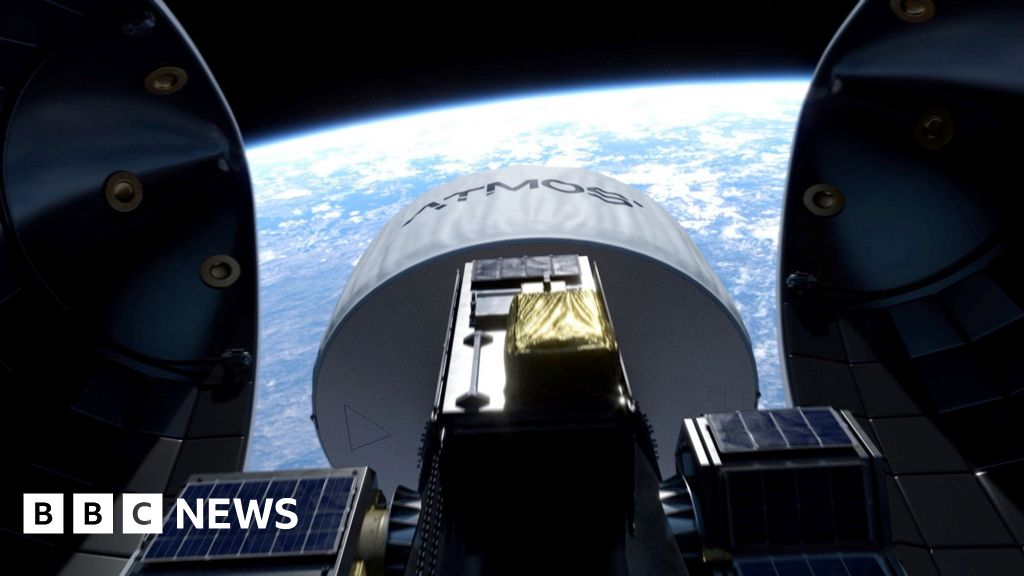Deep-Sea Discoveries: Fish Fashioned with Parasitic Copepods

In a remarkable exploration of the deep ocean, scientists have uncovered a rather unusual sight: a fish adorned with parasitic copepods resembling pigtails. This fascinating phenomenon was documented by an international team of researchers from the Schmidt Ocean Institute and the Woods Hole Oceanographic Institution during a recent expedition to the South Sandwich Islands, a remote area situated in the Atlantic Ocean between South America and Antarctica.
The footage, captured approximately 1,604 feet (489 meters) beneath the ocean's surface, showcased these tubular crustaceans firmly attached to the fishs back. While the sight of these parasites may evoke feelings of disgust, they actually signify a healthy and functioning underwater ecosystem. Lauren Dykman, a benthic ecologist, explained in a previous article from Woods Hole that, "Diverse, functioning, healthy ecosystems actually have a higher diversity and abundance of parasites." This underlines the crucial role these organisms play within marine environments.
The serendipitous discovery of the parasite-laden fish was part of a broader mission aimed at cataloguing biodiversity in the deep sea and identifying potential geohazards, such as underwater landslides or instances of hydrothermal activity. According to a release from the Schmidt Ocean Institute, these parasites are instrumental in maintaining population balances within the ecosystem, regulating the food web, and enhancing the overall biodiversity of oceanic environments.
However, the researchers' ambitions extend beyond the study of parasites. They aim to delve deeper into the Antarctic Circumpolar Current, a massive oceanic flow that encircles Antarctica and significantly influences the habitats of marine species, including the grenadier fish and its copepod companions. This current operates like a natural barrier, creating temperature gradients that affect the distribution, migration, and reproductive behaviors of marine animals. Scientists theorize that this current may serve as a biogeographic border, delineating distinct ecosystems and fostering unique adaptations among the species on either side.
With the vast mysteries of this isolated region still largely unraveled, every slimy copepod and wriggly fish observed provides invaluable insights into the dynamics of biodiversity across aquatic boundaries. The expedition to the South Sandwich Islands is part of a larger initiative that highlights the significance of these remote ecosystemsparasites and allin understanding the Earth's historical, current, and future environmental changes.
The copepods atop this fish are not merely a disturbing hairstyle; they symbolize a thriving ecosystem crafted by the unique conditions found in the deep sea, emphasizing the complex interdependencies that define our planet's marine environments.


























